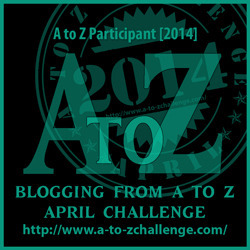V is for Visions

This month, I’m looking at elements of medieval history that might be of use to writers. Now obviously, visions show up in a lot of fantasy literature, but they were also a major thing in the Middle Ages. They showed up in literature (Dante being only the tip of the iceberg), in apparent “histories” such as Bede’s work, and in numerous documents attached to religious houses.
In some ways, visions can be seen as a way that the people of the time claimed control of a religion that still wasn’t quite as centralised as it would come to be, and in which systematic teaching of the “correct” thing to believe wasn’t always very efficiently conducted. Visions represented a way for groups who would otherwise not have had power within the Church, notably women but also lay figures and the poor, to comment on the highly religious society around them. In some ways, they were also a product of that society, where having visions was considered normal.
Well, up to a point. There has been a lot of work done on medieval visions of the afterlife (including mine. I did my initial MA on them), and some of that work shows that even in the Middle Ages, there was a range of reactions to them. Some were seen as genuine visions, while others were treated as heresy. Some were seen as tricks by the devil, some as simple entertainment, and some as symptoms of mental illness. It might be interesting to build in that kind of range of responses the next time one of your characters has the obligatory fantasy prophetic vision.
Published on April 24, 2014 14:55
No comments have been added yet.
Stuart Sharp's Blog
- Stuart Sharp's profile
- 8 followers
Stuart Sharp isn't a Goodreads Author
(yet),
but they
do have a blog,
so here are some recent posts imported from
their feed.



